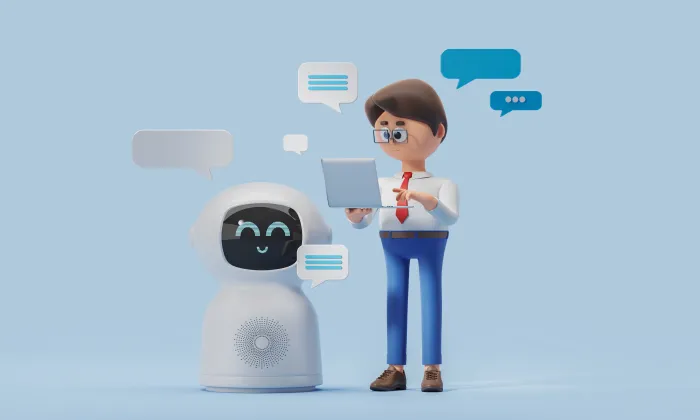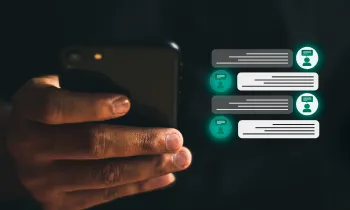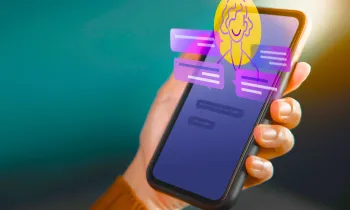How are doctor dictations transcribed?
Speech Recognition
Healthcare
Transcription
Transcribing doctor dictations is a crucial process that transforms clinical voice recordings into structured medical documentation, enhancing the efficiency of electronic healthcare systems. Understanding the intricacies of this process is vital for AI engineers, researchers, and product managers in AI-first companies looking to leverage transcription for healthcare applications.
What Are Doctor Dictations?
Doctor dictations are audio recordings where clinicians verbally document patient information, including histories, exams, and treatment plans. Unlike conversational speech, these dictations are structured monologues designed to succinctly convey essential clinical details. Sections such as Chief Complaint and History of Present Illness (HPI) are standard components.
Importance of Accurate Transcription
Accurate transcription of doctor dictations is vital for:
- Patient Care: Ensures healthcare providers have precise patient histories and treatment plans, supporting informed decision-making.
- Operational Efficiency: Reduces time spent on documentation, allowing clinicians to focus more on patient interactions.
- Data Utilization: Facilitates integration into Electronic Health Records (EHR), clinical decision support systems (CDSS), and quality assessments.
Key Steps in Doctor Dictation Transcription
The transcription process involves several critical steps to ensure accuracy and fidelity.
- Audio Capture: Dictations are recorded using devices like smartphones or USB microphones. These recordings are typically in mono format with a minimum sample rate of 16 kHz and a bit depth of 16 bits, ensuring clarity necessary for precise transcription.
- Transcription Techniques: Two main transcription methods are employed:
- Verbatim Transcription: Captures every word, including fillers and natural speech patterns, providing a comprehensive representation of the clinician’s speech.
- Cleaned Transcription: Polishes transcripts by removing non-essential speech elements and formatting notes into structured clinical language, focusing on essential information.
- Quality Assurance in Transcription: A robust QA pipeline ensures transcription accuracy through:
- Automated Quality Checks: Initial checks assess audio files for technical specifications like signal-to-noise ratio and clipping.
- Human Review: Medical linguists and clinicians perform a dual-layer review to ensure language accuracy and adherence to medical standards.
- Annotation and Structuring: Transcriptions may include annotations for named entities like medications and diagnoses, mapped to standardized medical vocabularies such as RxNorm and ICD-10, enhancing data extraction and analysis capabilities.
Challenges in Doctor Dictation Transcription
While transcription offers significant benefits, it presents challenges:
- Accuracy vs. Speed: Balancing quick turnaround times with high accuracy is essential to avoid errors that compromise patient care.
- Cost of Quality Assurance: Comprehensive QA processes can increase costs, requiring a balance between accuracy and financial implications.
- Data Privacy and Compliance: Maintaining compliance with regulations such as HIPAA and GDPR is crucial due to the sensitive nature of medical data, necessitating robust consent and de-identification strategies.
FutureBeeAI stands out as a smart, scalable AI data partner, offering expertise in collecting, annotating, and validating high-quality doctor dictation datasets. Our Yugo platform ensures compliance with industry standards, making us the ideal choice for projects requiring precise medical transcription. Additionally, our speech data collection services provide structured gathering of voice data, crucial for accurate transcription.
FAQs
Q. What technology is commonly used for doctor dictation transcription?
A. Advanced speech recognition software combined with human review processes ensures transcription accuracy, utilizing devices like smartphones and specialized dictation microphones.
Q. How do transcription services ensure patient confidentiality?
A. Strict compliance measures, including de-identification protocols and secure data handling practices, protect patient information, adhering to regulations like HIPAA.
What Else Do People Ask?
Related AI Articles
Browse Matching Datasets
Acquiring high-quality AI datasets has never been easier!!!
Get in touch with our AI data expert now!








